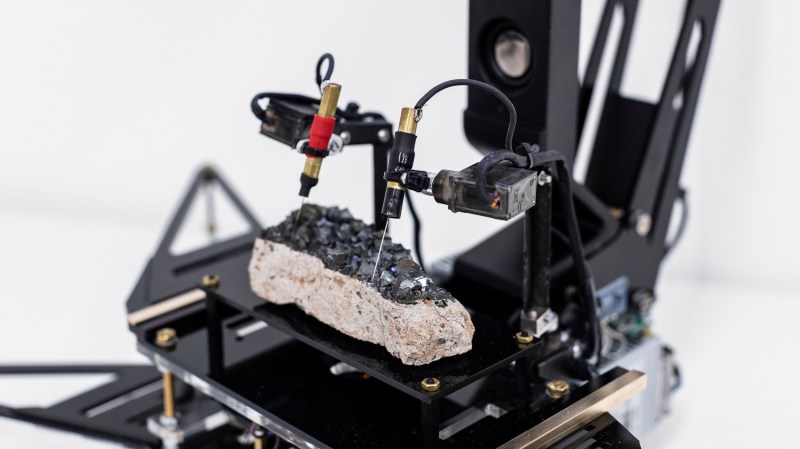There is a long history of Visual or Graphical Programming Languages, and most of them make more sense than the name of Microsoft’s Visual Basic, C#, and Visual Studio IDE. Some people don’t like to code, and for them, graphical programming languages replace semicolons and brackets with easy-to-understand boxes and wires.
This Friday, we’re going to be talking about graphical programming languages with [Bojan Mitov]. He’s a software developer, founder of Mitov Software, and the creator of Visuino, a graphical programming language for the embedded domain. Everything from the Arduino to Teensy, ESP8266, ESP32, the chipKIT, and Maple Mini are …read more
 Continue reading Friday Hack Chat: Graphical Programming Languages with Bojan Mitov→
Continue reading Friday Hack Chat: Graphical Programming Languages with Bojan Mitov→
